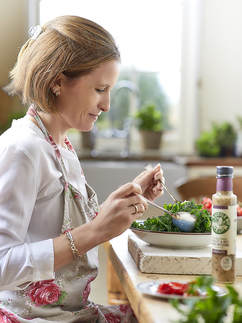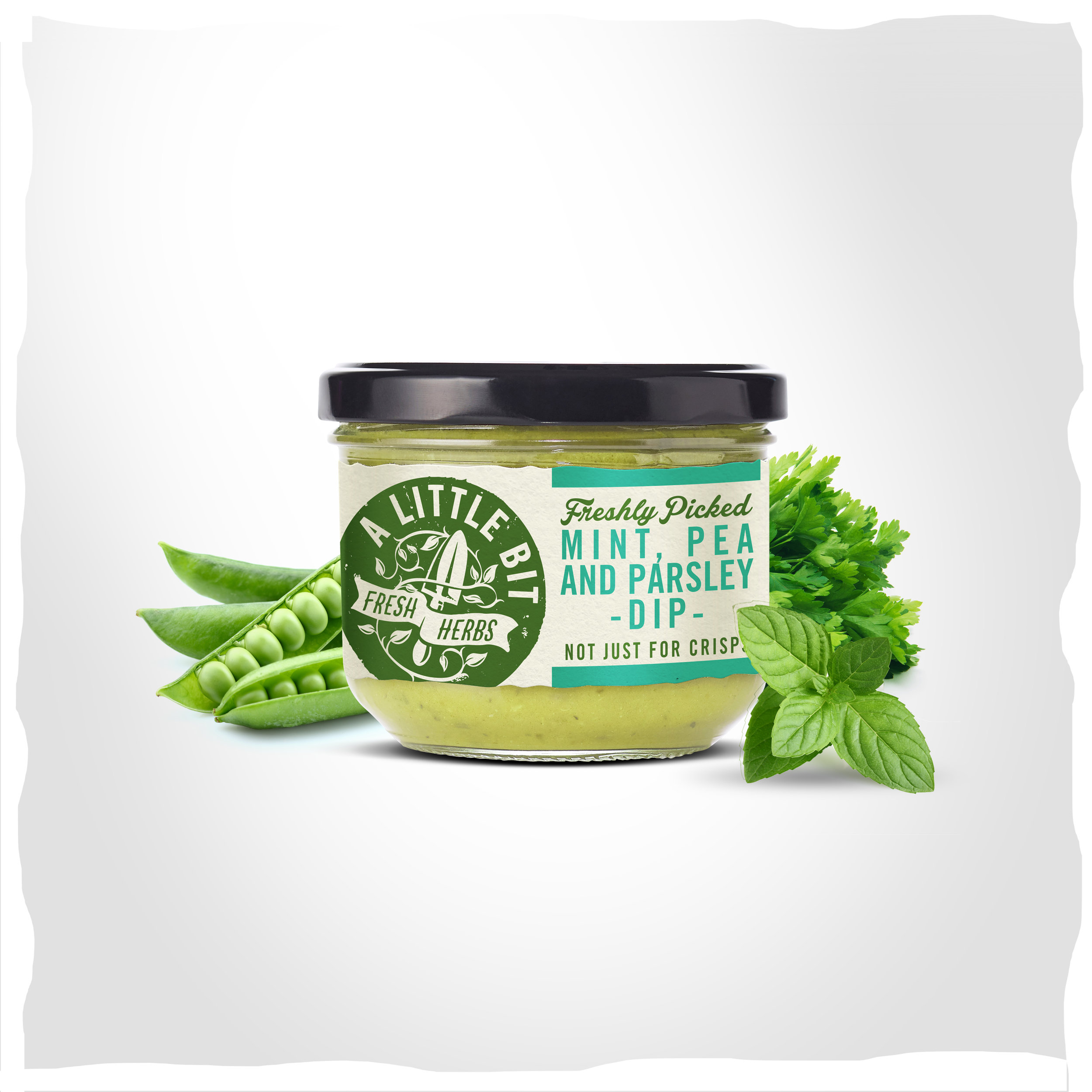With ‘Veganuary’, ‘Dry-January’ as well as New Years resolution followers and those of us just trying to be a little healthier at the beginning of the year, it’s important to offer consumers a range of healthier products.
For some, the idea of a diet consists of stomach turning shakes, lettuce and being hungry all the time. This doesn’t have to be the case. There are many ways of eating healthy but also packing in the flavour.
Many consumers look to reduce portion size or pay more attention to the nutritional info on what they eat. Many look for a little inspiration on healthier choices and what can taste amazing but be healthy at the same time. Whilst using one of dip range to make a quick healthy pasta meal, it got me thinking.
On the run up to Christmas, there are many beautiful Christmas displays, festooned with festive products or luxury and rich items, not always particularly Christmas focussed, but all put together to assist consumers in their choices.
Come the New Year, and these displays are taken down and nothing all too inspiring is put in their stead. But this is exactly when us consumers need some inspiration, healthy inspiration.
Why not put together a ‘healthy display’ for the New Year… offering a selection of products with good health credentials. Move over Panatone, make way for the healthy but hearty winter meals we all crave but won’t affect our waist after a heavy festive period.
What to put on a healthy display you ask? Well, this could be anything from healthier Granola’s, wholemeal breads and low sugar confectionary, to vegetable/fruit crisps and dips, or perhaps whole wheat pasta and quality natural sauces.
In the past, people thought that carbs were the enemy, however this isn’t quite the case. Not all carbs are born equal, and as such, to understand how carbohydrates work in our body it is important to understand the concept of Glycemic Index (GI). The index describes how carbohydrates affect blood sugar levels after ingestion.
In order to have a healthy diet, it's vital to balance all the macronutrients, carbohydrates, proteins and fats, as well as vegetables and fruit.
Not all types of carbohydrates release energy in the same way. For example, refined products such as white bread & biscuits have the highest GI and are not considered part of a healthy diet.
Conversely, whole-wheat pasta, oats and bread in small quantities, and lots of fibre-rich vegetables like kale, spinach and other leafy greens should be an everyday staple of a healthy diet.
Pasta, (especially whole wheat) has a medium to low GI as it releases energy in the blood stream very gradually keeping you fuller for longer and prevents you from snacking in between meals.
So, now we know that it’s not pasta that’s the problem. It’s what we put on it or how much of it we have that really is the issue. Incidentally, the average plain pasta portion is around 300 Kcal, whereas an average shop brought sandwich is over 400 kcal…
Tofu & walnut meatless balls with our Basil & Tomato sauce
This is one of the reasons that many of our customers enjoy our products. Whether that is from making family meals from our pasta sauces, or using our dips as sauces for pasta too.
In fact, our dips make excellent pasta sauces for those on a diet. Being naturally low in sugar, and being super flavorsome from being made with real fresh herbs, a little sauce goes a long way.
We don’t add sugar to any of our products; they are gluten free, vegan friendly, use only the best ingredients and are made with real fresh herbs. We haven’t taken anything out and substituted it with anything sinister to save a calorie or two either – we are offering products that are as good as it you made them yourself from scratch at home, but with the convenience of just having to open a jar.
With that in mind, if you do decide to make a healthy display, please do share on social media; we’d love to see it!
















